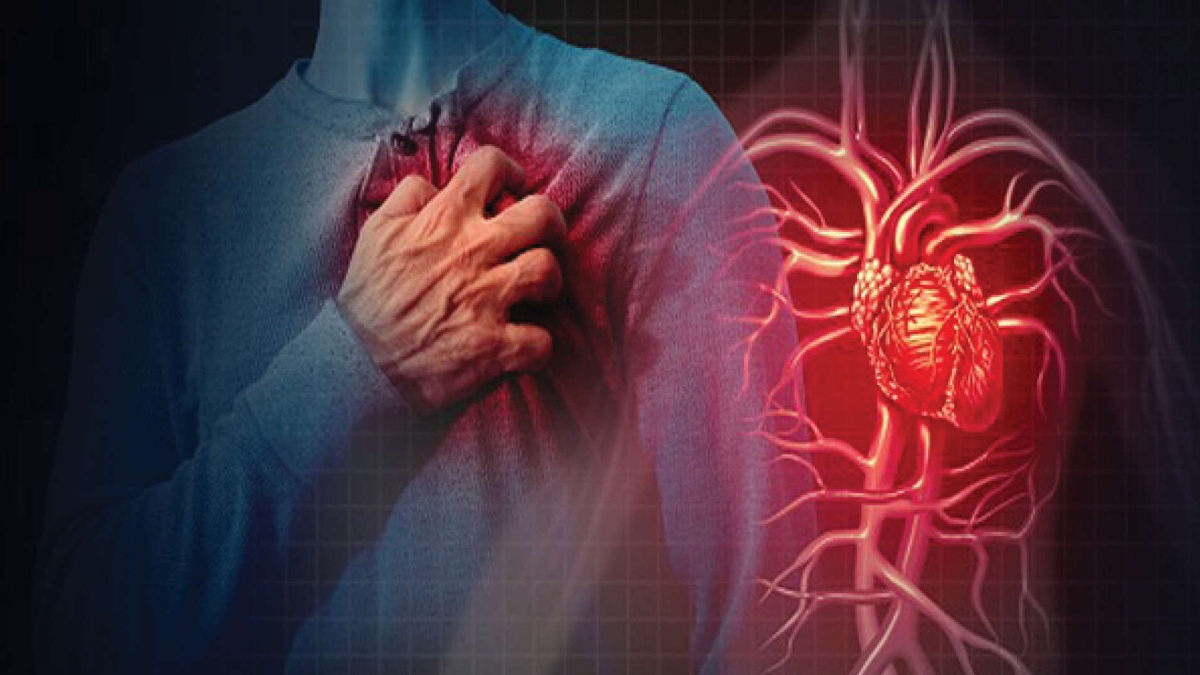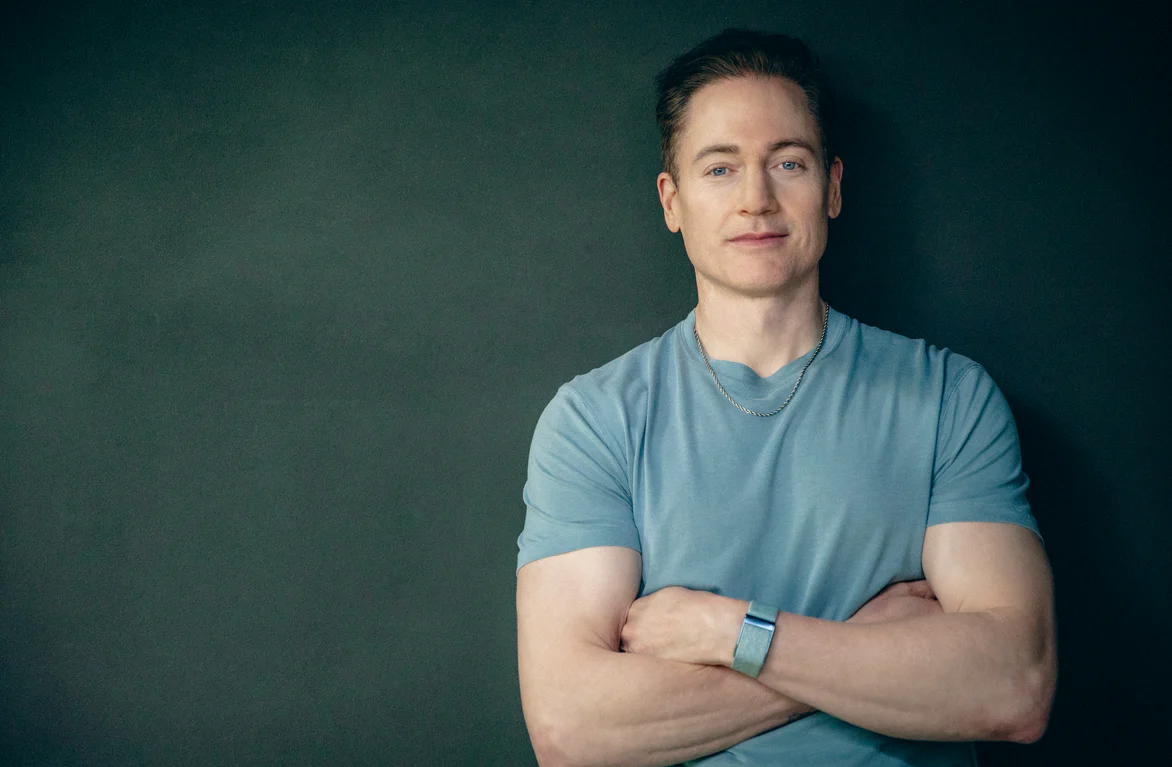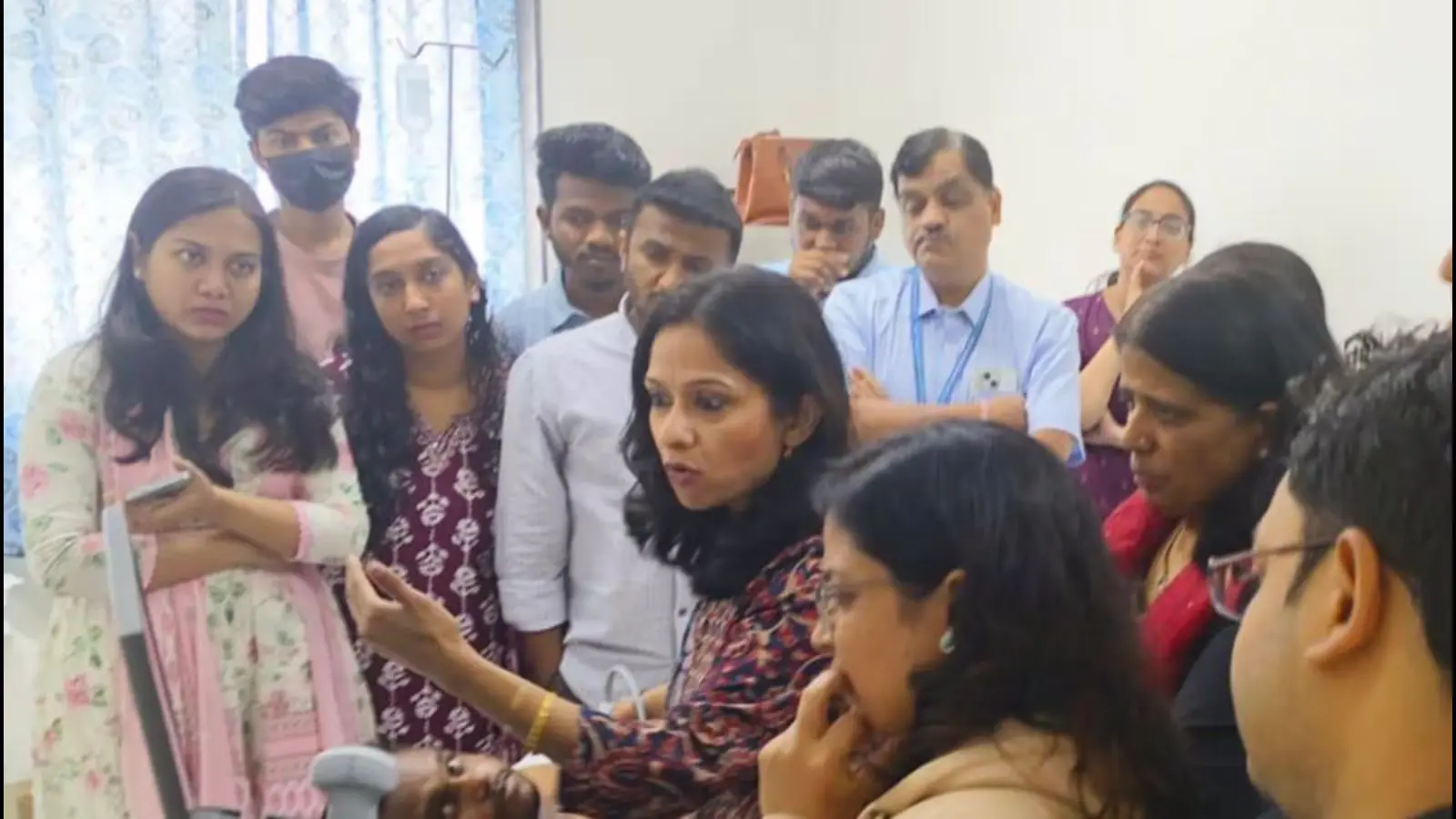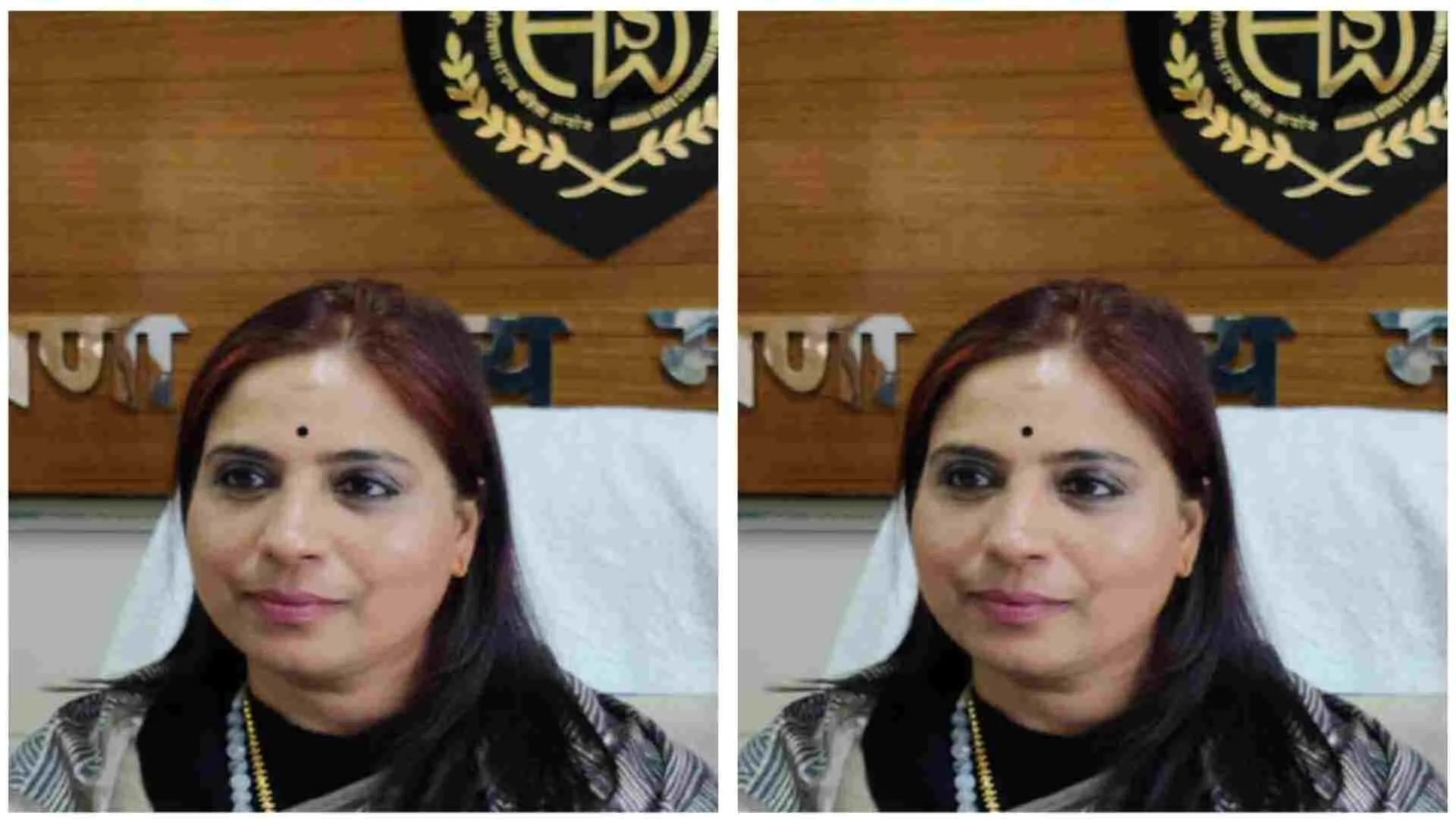37-year-old Jasbir Singh Hanspal had no signs of co-morbidities but began experiencing severe chest pain. When he was brought to Fortis Hospital, Kalyan, the doctor confirmed that he had suffered a heart attack and needed urgent Angioplasty; but just when the team started preparing him for the procedure, his heart stopped functioning. Without wasting a single minute, the doctors revived him and began the procedure where they diagnosed that despite no signs of co-morbidities the patient had a total block in one of the arteries, and diffused fat deposition in all other arteries that had caused the heart to collapse. Despite the great risk, doctors successfully saved his life. A few days later the doctors discovered that Hanspal had undiagnosed Diabetes and higher levels of Cholesterol that had impacted his heart. The patient is now recovering and is on Diabetes medication.
Similarly, 22-year-old Nilesh (name changed) suddenly suffered a heart attack. While he was brought to Fortis Hospital, Kalyan, just in time that saved his life, further investigations by doctors at the hospital revealed that he had a cardiac abnormity by birth which was never unravelled before. Nilesh also consumed tobacco regularly which caused his condition to aggravate. He was treated with a clot-buster injection in view of clotting and his age.
RISING RISK OF HEART ATTACKS IN YOUNG PEOPLE
These are just a few examples of the many cases of heart attacks among young Indians that doctors have experienced. The number is constantly mounting. Initially, these increasing number of cardiac events among young and active people puzzled experts, but now the picture seems clearer. Blame it on sedentary lifestyle and health negligence. Key risk factors of having a heart attack at a young age include:
• Substance abuse or excessive alcohol use
• Smoking
• High blood pressure
• High cholesterol levels
• Lack of physical activity
• Diabetes
• Obesity
• Poor diet
WHY PRIMORDIAL PREVENTION IS KEY?
Primordial prevention is necessary. This means trying to prevent the progression of the heart attack risk factors themselves. This includes trying to change the social and environmental conditions that could develop and progress risk factors. These are things that we have control over such as exercising, eating nutritious foods, not smoking, managing stress and blood pressure. Primordial prevention also includes education about what behaviours put you at risk for Cardiovascular Disease (CVD), along with the above-mentioned risk factors, the list includes:
• Family history of Cardiovascular Disease
• Sedentary lifestyle
Now, the fact remains that heart attacks can happen to anyone – but the risk is especially high when genetics come into play. Primordial and primary prevention is crucial for those with a family history of heart disease. A person’s hereditary risk of heart disease is defined by having a first-degree male relative (like father, brother or son) under the age of 55 years with a Heart Attack or Stroke history, or a first-degree female relative (like mother, sister or daughter) under the age of 65 years with a Heart Attack or Stroke history.
In the end, our lifestyles need to change. Not enough young people take their risk factors seriously and that’s dangerous. We need to be aggressive about risk factor modification and build a society that is not only informed but empowered to resolve and reverse risk factors.
The writer is Senior Consultant-Interventional Cardiology, Fortis Hospital, Kalyan.






















